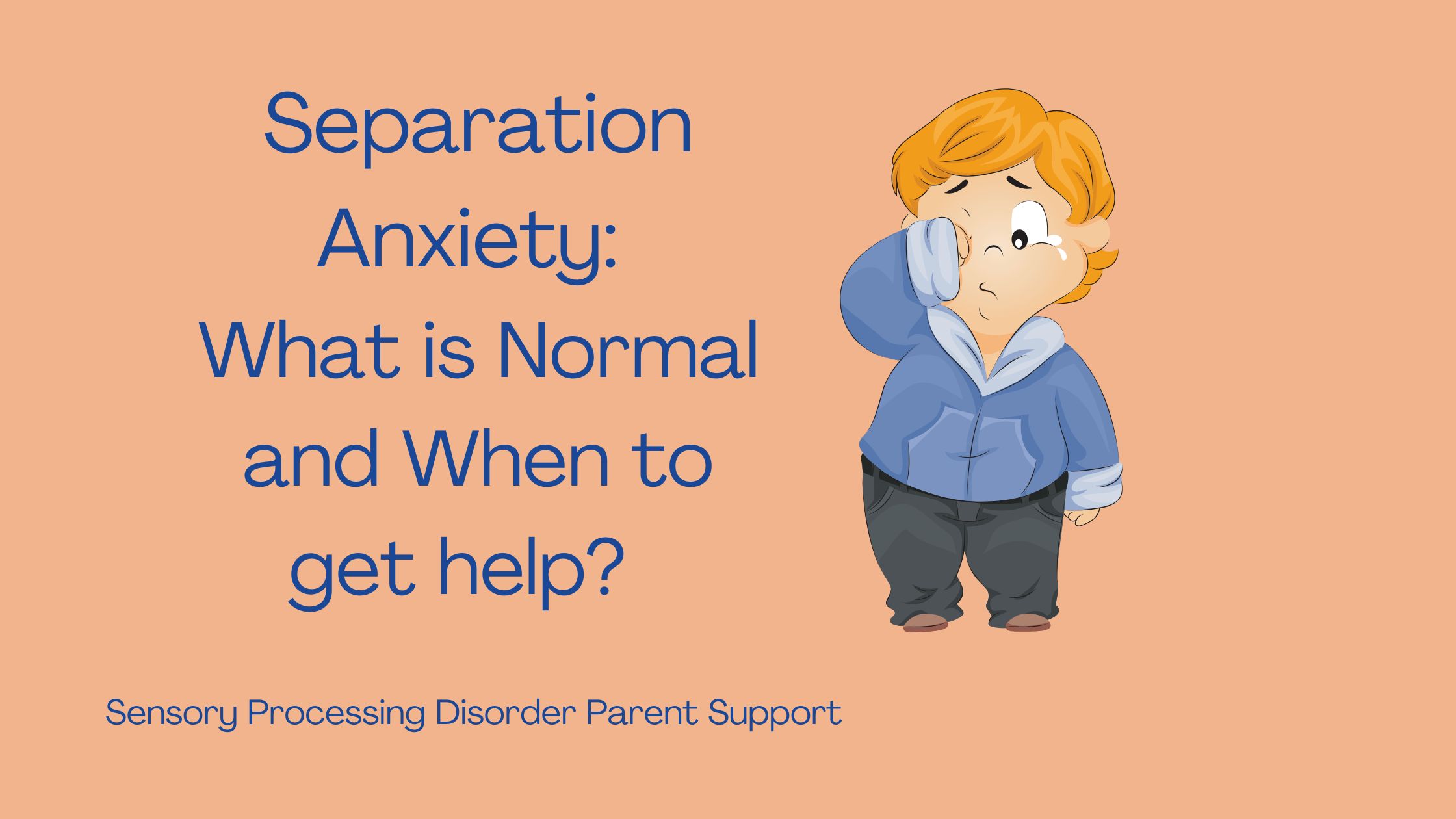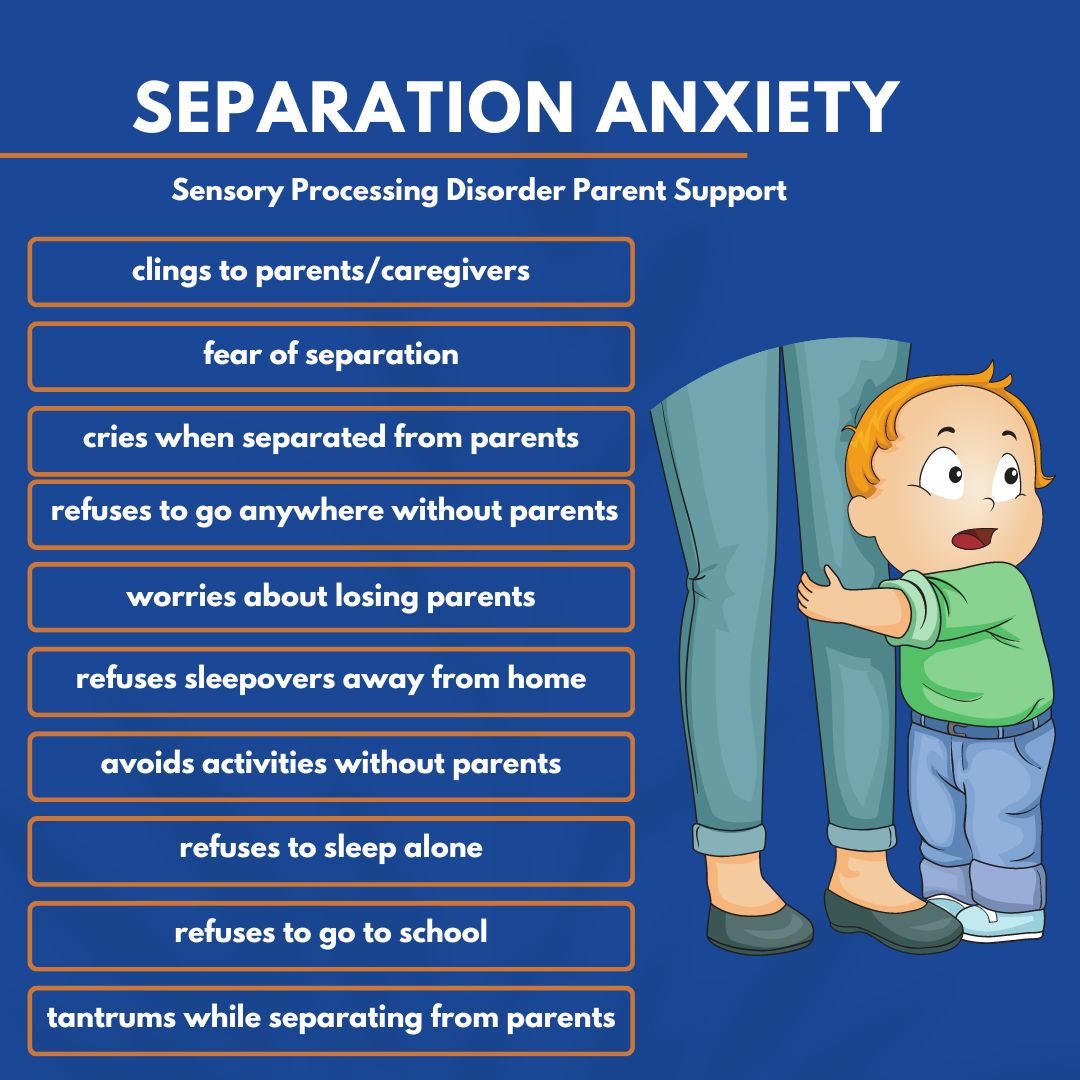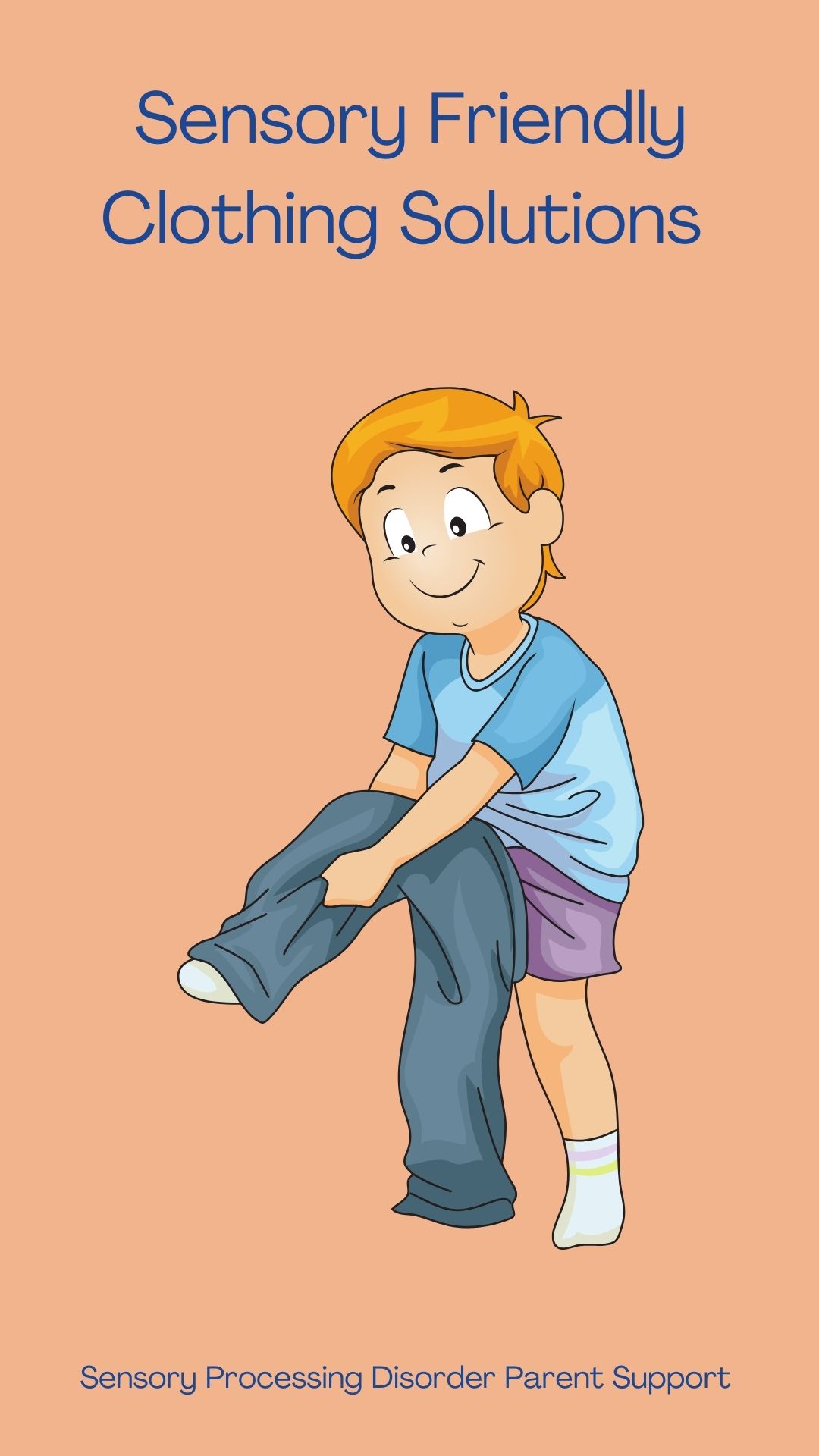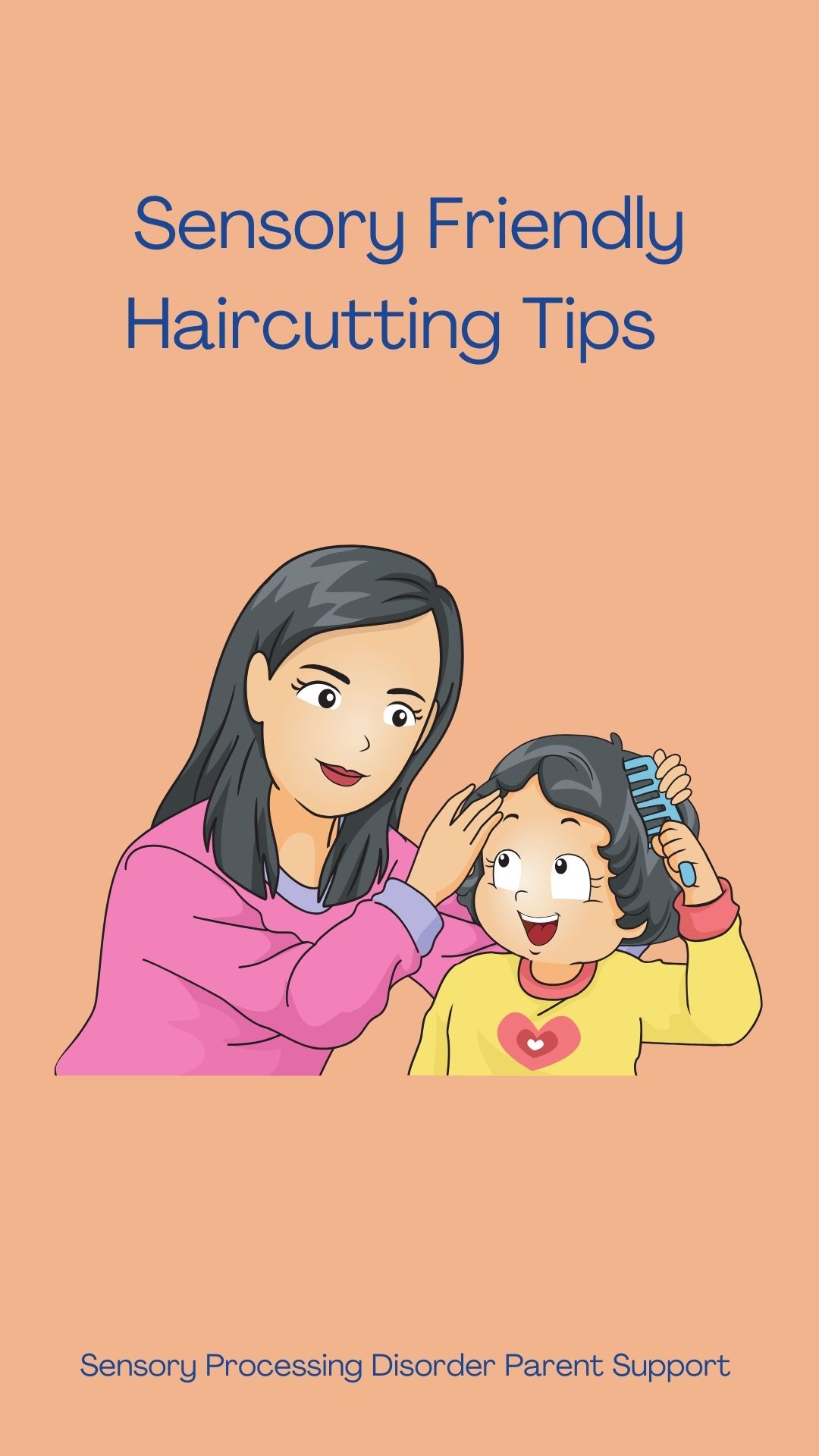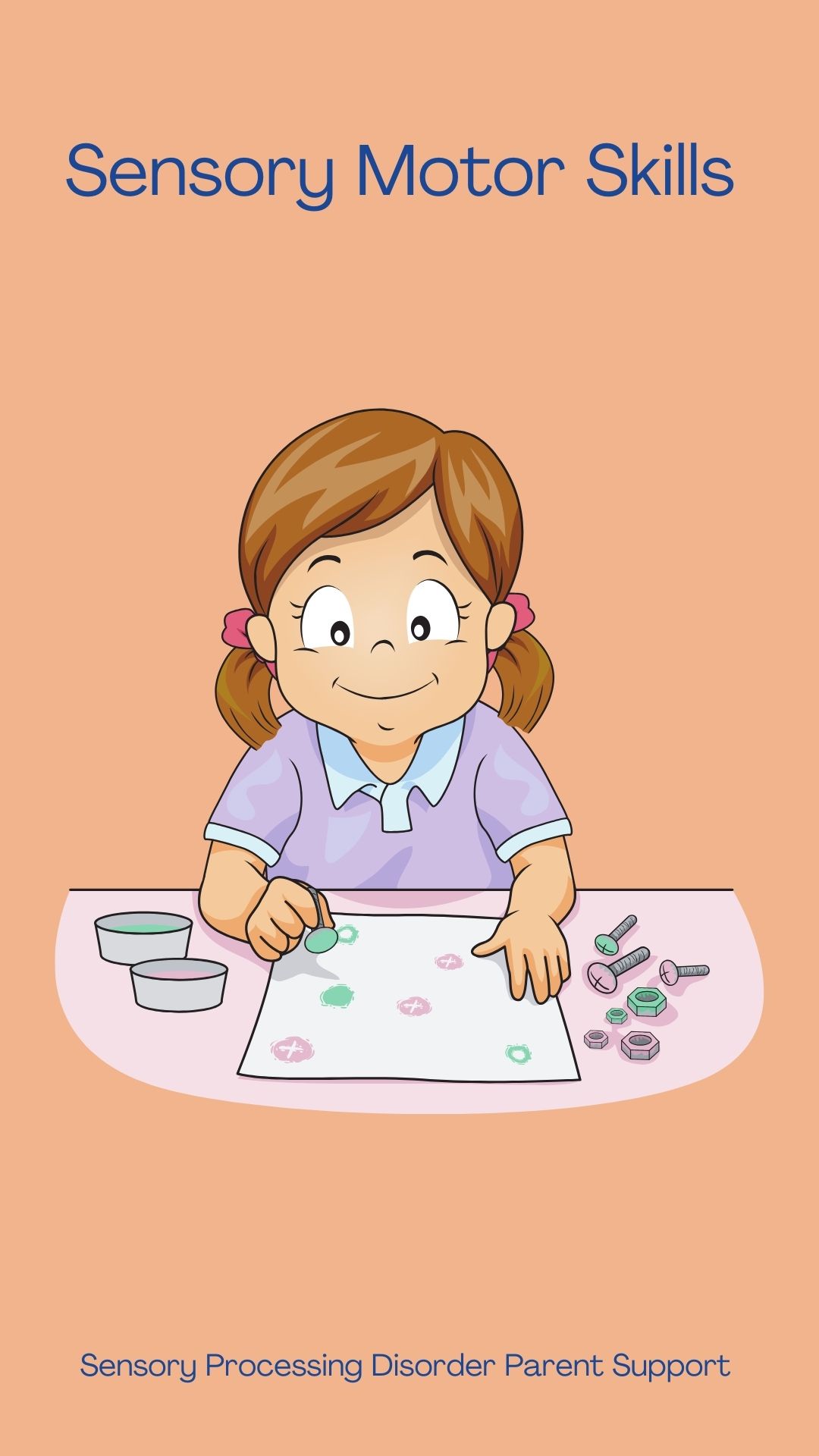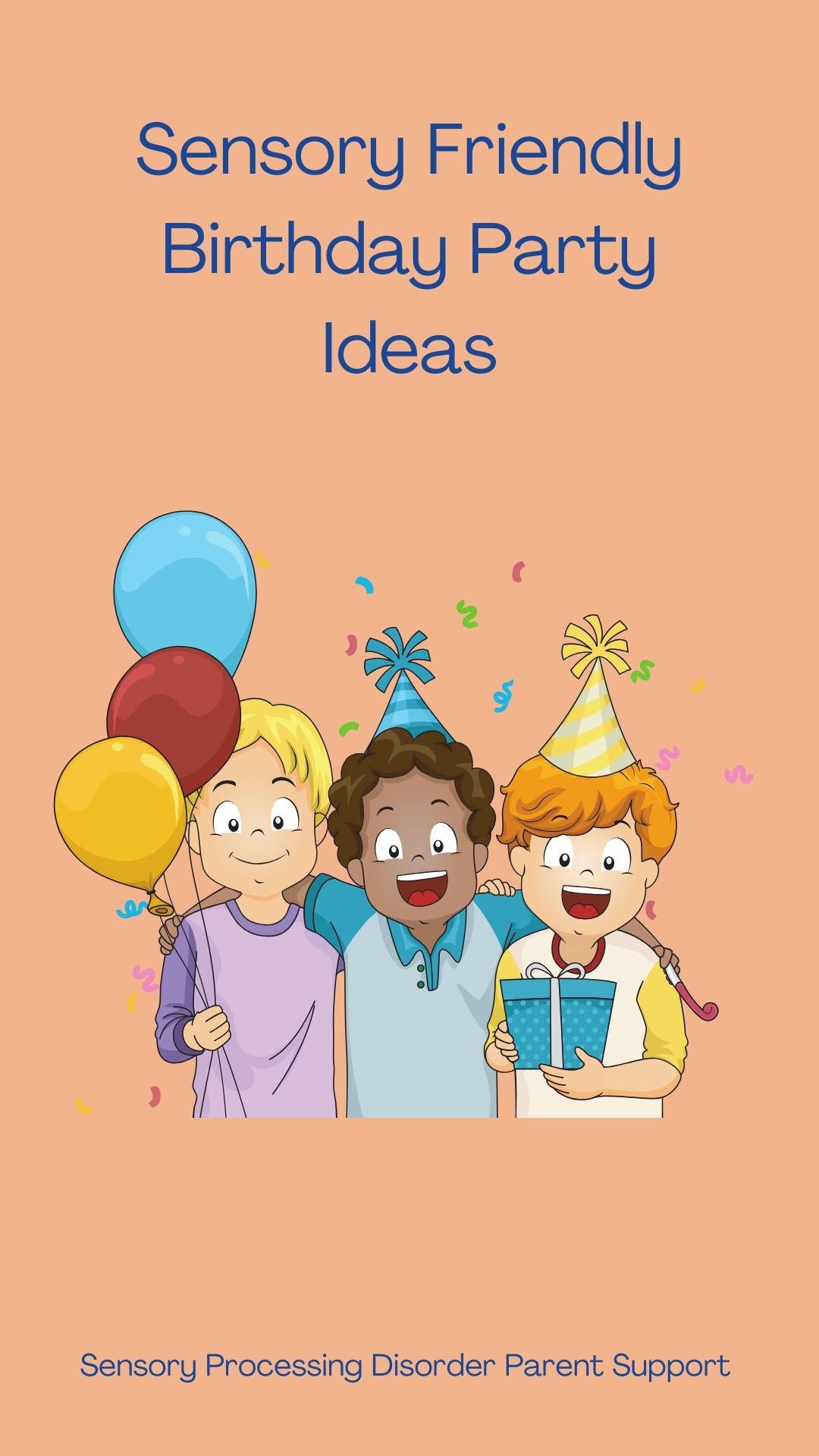
Sensory Processing Disorder Parent Support
Separation Anxiety: What is Normal and When to get help?
Children with sensory differences ... painting the world beautiful.
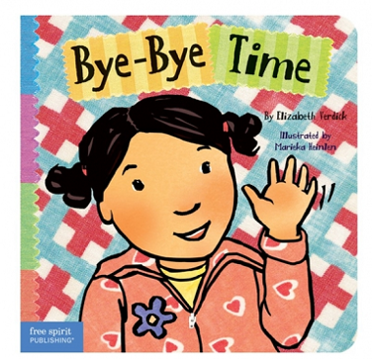
Amazon
Bye-Bye Time Book (Separation Anxiety)
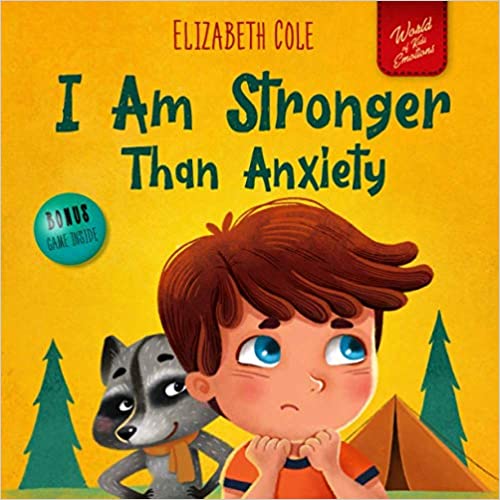
Amazon
I Am Stronger Than Anxiety Children’s Book
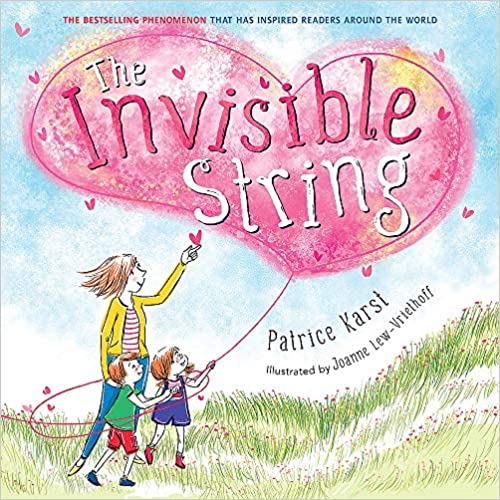
Amazon
The Invisible String (separation anxiety)

